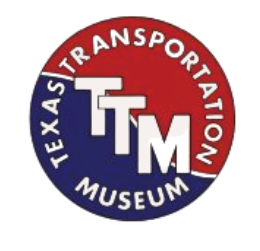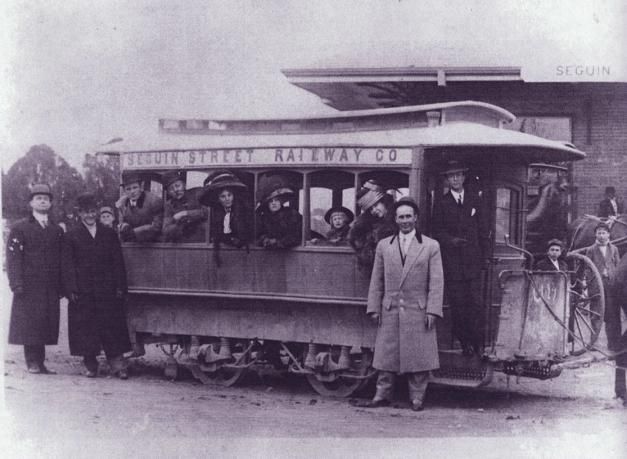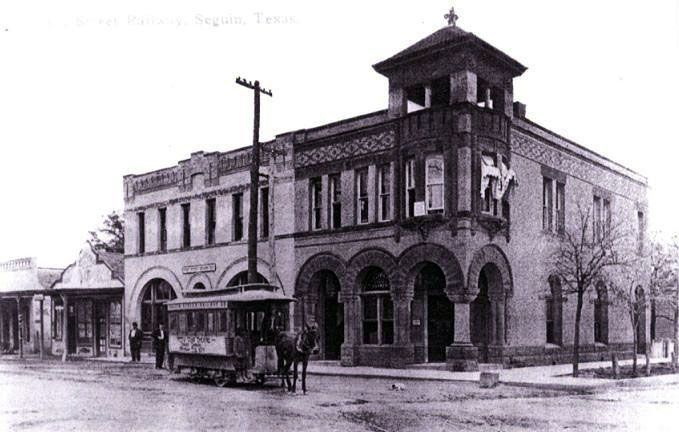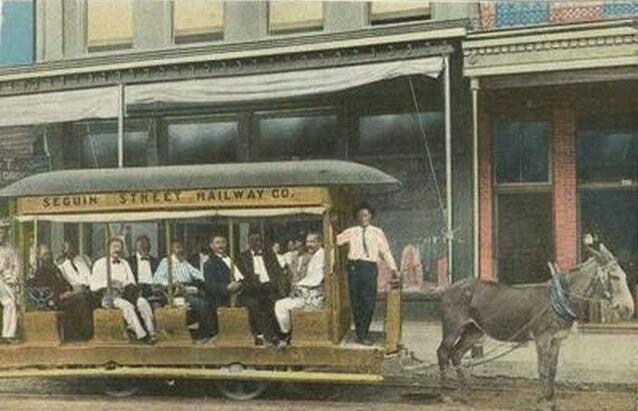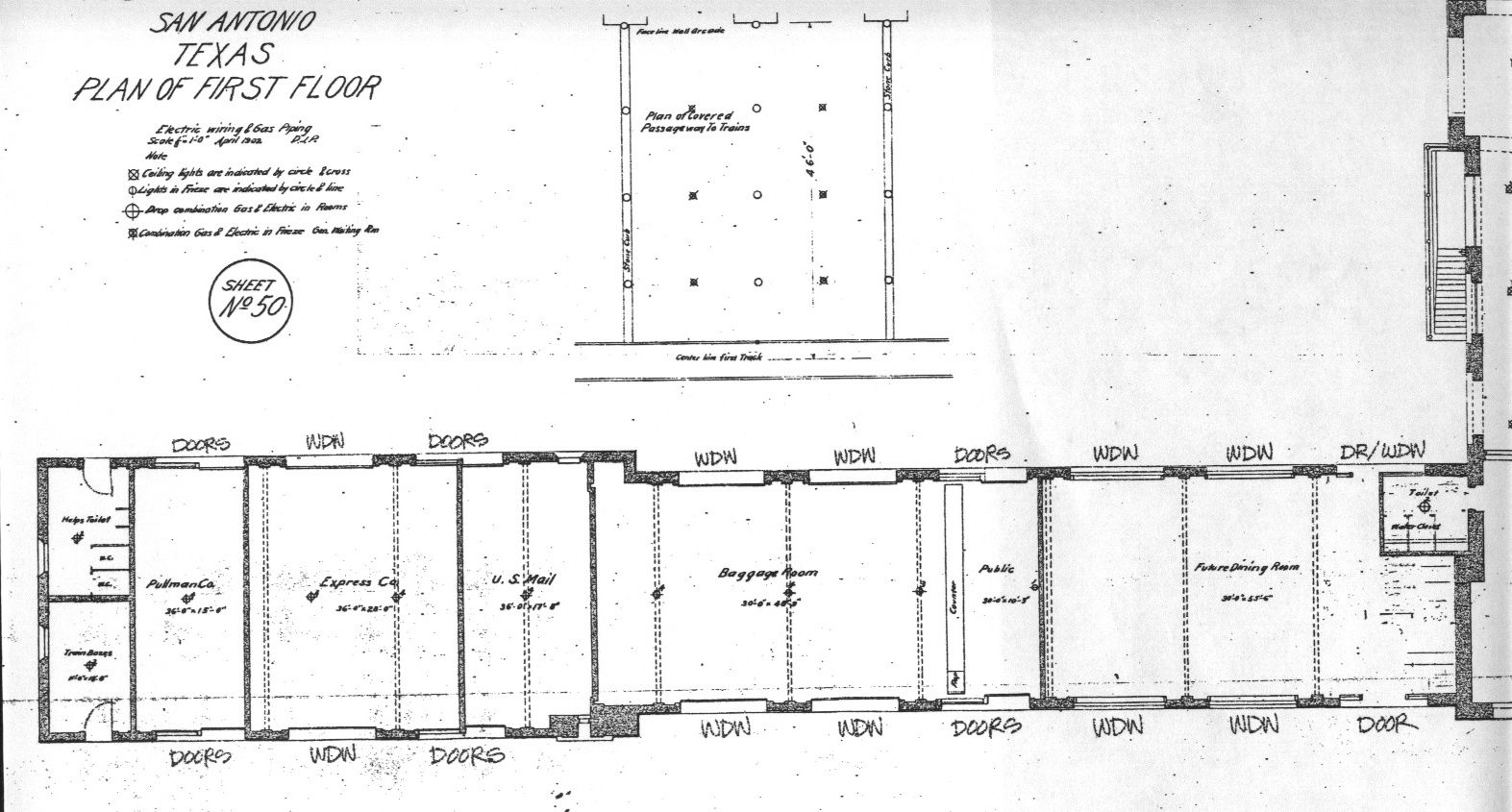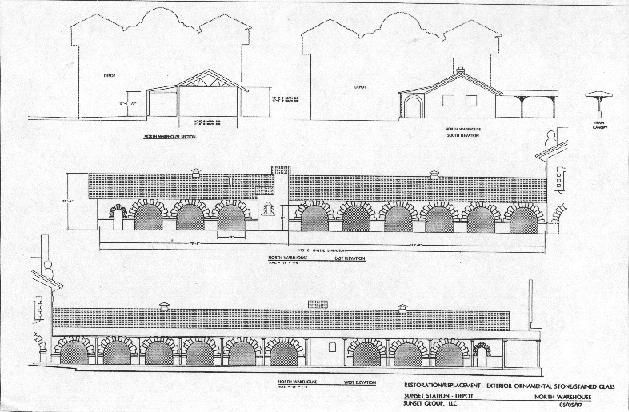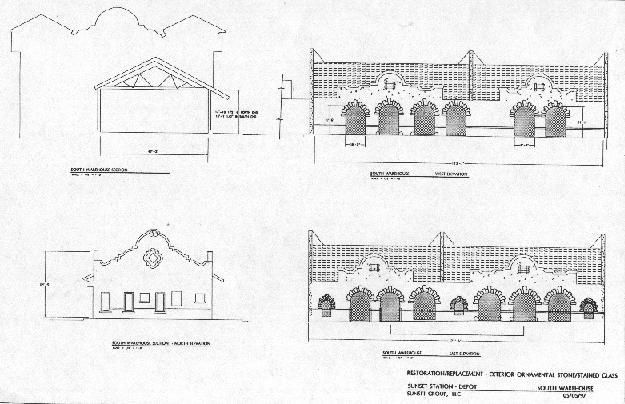Seguin and the railroad
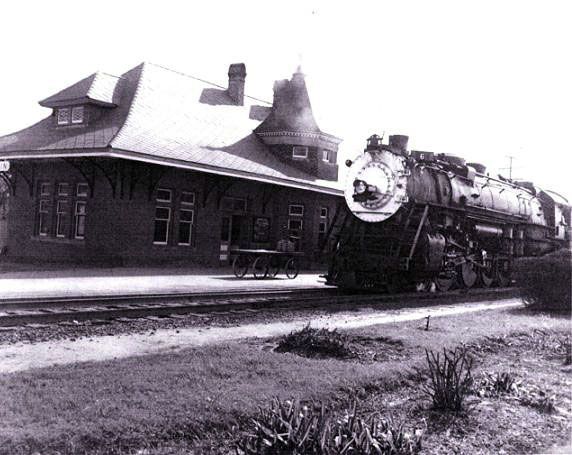
We are indebted to the Seguin & Guadalupe County Heritage Museum for their gracious assistance. They provided many of the black and white images. They are copyrighted. The museum is located at 114 N. River Street, near the court house. Their number is (830) 372-0965.
We are also indebted to the Seguin Public library for their generous help with additional images and information.
Special thanks also to Dan Schievelbein for his generosity in sharing several of his Seguin railroad and streetcar postcards from his impressive collection.
The story of the railroad in Seguin really needs to start with one the towns most famous inhabitants. John Ireland. He had a number of nicknames. As well as being known as the "Sage of Seguin," he was alternately known as "Oxcart John" and "Railroad John" by those opposed and those in favor of his policies towards the railroads even before he served as State Governor. In the late 1860s, first as a member of the state legislature and then as a state senator, he opposed the practice of granting lands to the railroads as compensation for construction. He felt they should pay for the land and right of way, just like everybody else. During this time he also had passed a piece of legislation that would have a direct impact on Seguin. When the Galveston, Harrisburg & San Antonio Railroad was building from Houston to San Antonio, it wanted to situate its rails much further to the north of Seguin than they are now. However, John Ireland had made sure that all railroads passing a county town could not establish a depot any further than one mile away from the court house. And that is why the tracks in Seguin are this distance from the court house in Seguin, even today.
The first depot built in Seguin was a simple wooden affair. It has yet to be established why it was replaced around 1910. There may have been a fire. This was surprisingly common. Or, the construction of a new, larger, masonry structure may simply have been a reflection on the part of the railroad to signify the importance of Seguin to its operations. Even the freight depot, which is still standing and in active use as a feed store, located on the other side of Austin Street was a masonry structure, which is pretty rare in these parts,
The Galveston Harrisburg & San Antonio Railroad had arrived in Seguin from Galveston in late 1875. The company officially became part of Southern Pacific in 1881. For many years, S.P. operations in Texas were handled by the Texas & New Orleans. All the while, it was the same single main line that ran through the town. A number of side spur tracks were built from the main line to service several companies. You can see traces of these tracks as you drive from the site of the old passenger depot, past the old railroad freight depot which is still there, used by the agricultural co-op, towards McQueeney where the tracks run adjacent to HWY 87. Most, if not all, of these spur lines are disconnected from the main line now. On one remaining tiny section of track almost half a mile away from the main line sits an old Santa Fe business railroad car. It is #401 and is a twin of #404 that is on display at the Texas Transportation Museum in San Antonio. #401 was not so lucky, however. It is in extremely poor condition and is scheduled to be scrapped by the city council, if it has not suffered this fate already.
In his book, "Under the Live Oak Tree, A history of Seguin," author John Gesick Jr.. relates a number of railroad related stories. (Mr. Gesick is very involved with the heritage museum and if you cannot find his book anywhere else, they have a copy, although there are also large excerpts from it on the internet.) By 1879, there was one east bound and one westbound train a day from Seguin. The train going towards Houston departed from San Antonio at 7:45 PM and arrived in Seguin at 9:35 PM, a little under two hours later. In 1878 there were three employees at the depot. H.M. Abbott was the agent, W. Suchart was the chief clerk and Miss May Humphreys was the telegraph operator. By this time, the number of passenger trains had doubled. Going east, the first train left just after lunch, at 12:36 PM. The second was late at night, at 11:08 PM. Going west, towards San Antonio, you could either depart at 6:12 AM or 3:20 PM. The railroad contributed considerably to the economic growth of Seguin. It had grown from a small stop on the stage coach route between San Antonio and Houston to a town of considerable importance. By 1896, Seguin had six physicians, three dentists, eleven attorneys, three blacksmiths and one undertaker. There were four hotels, two restaurants and one lunch counter. It is interesting to note that one of the restaurants and the undertaker business were owned by black men. Seguin has always had a very progressive history when it comes to race relations.
Over time the role of the railroad changed. Passenger travel diminished as the economy grew and more and more people acquired their own automobile. Improved roads then followed, allowing any amount of individual journeys, without the limitations involved in traveling by train. World War Two was the last hurrah for rail passenger service. The armed forces moved a great deal of men and equipment on the nations railroads. Gas rationing and the unavailability of cars led to a brief mass return to the railroads. After the war, the pace of passenger traffic decline was precipitous. The Southern Pacific abandoned most of its passenger service on branch lines in 1952. Because Seguin is on the main line, however, it continued to receive the famous transcontinental train, the Sunset Limited. When AMTRAK took over this role in 1971, folks in Seguin could still see a passenger train, still called the "Sunset Limited," but could no longer get on it in their home town. The depot was eventually closed and, after many years, it was torn down. It was a mutual decision between the railroad and the city. The depot was not only a dilapidated eyesore, it had also become what is known as an attractive nuisance. All kinds of folks who had no business being there were frequenting it, causing a hazard to themselves and the railroad, with the tracks just a few feet away. In many places where the depot was saved, it was relocated and restored for another purpose. This was not possible in Seguin as the depot was a large, complex, masonry building and not a simple, relatively light, wooden structure as was the case in many places. In nearby Marion, for example, the depot was purchased by a private owner and relocated a few blocks from the tracks where it still stands. The Marion freight depot, however, was dismantled. After considerable effort the city reluctantly abandoned the Seguin structure and allowed the railroad to demolish it. Only its concrete pad and a few decorative floor tiles, rapidly disappearing remain today.
Seguin Streetcar Service
Getting to and from the depot along N. Austin Street was often problematic. It was unimproved and would turn into a quagmire every time it rained. Folks would have to travel through the then pasture behind the buildings on the main street. Towards making the one mile trip from the court house easier, a set of light rails was installed and mule drawn streetcar service inaugurated in 1886. It never got beyond mule power but the cars were improved over time, changing from completely open to fully enclosed. Tales are told of miscreant youth placing "torpedoes," devices made to create a loud noise to warn railroad locomotive engineers of impending danger further along the tracks, on the streetcar line. These went off with such force that the car would be blown off the tracks, upsetting not only its passengers but 'Maud' the mule as well. Service came to an end when the street was paved around 1915. Much of the track may still be in place because they were not actually removed but simply paved over.
Transportation Museum
CONTACT US TODAY
Phone:
210-490-3554 (Only on Weekends)
Email:
info@txtm.org
Physical Address
11731 Wetmore Rd.
San Antonio TX 78247
Please Contact Us for Our Mailing Address
All Rights Reserved | Texas Transportation Museum
